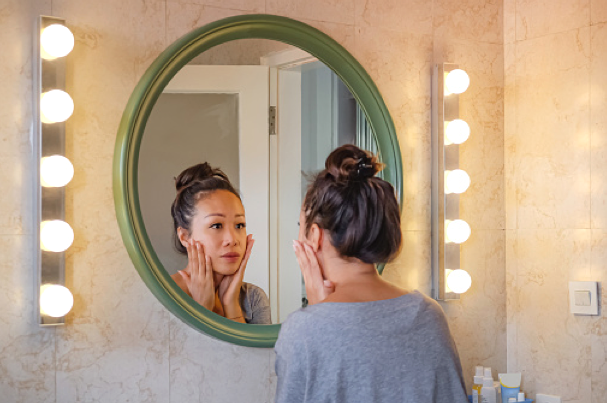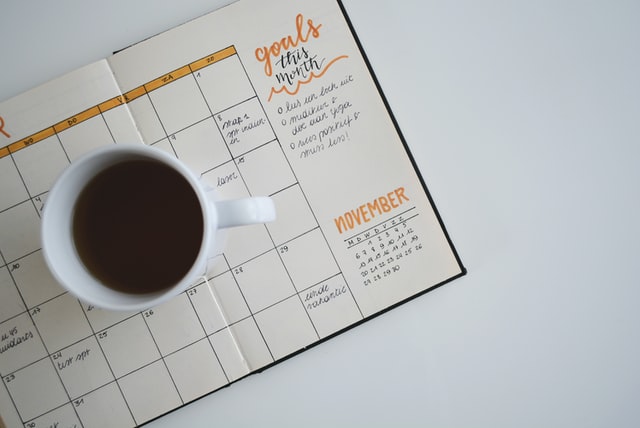I’ve explored human behavior for 18 years, mostly at Stanford University. I’ve learned that many assumptions about habits are wrong.
But there’s good news: Right now, hundreds of people are creating new habits in their lives — and succeeding. They are using a new method I call “3 Tiny Habits.” It takes 30 minutes total, over five days. People find it easy, effective, and even fun.
In my approach, I urge you to forget about motivation. Forget about 21 days. Forget “one habit at a time.” None of that matters as much as going tiny. When you succeed in tiny ways, you unlock power to do more. For this and other reasons, tiny is the key to new habits. And I hope that tiny habits will become your antidote to New Year’s resolutions.
To experience it for yourself, join a session of 3 Tiny Habits with me. The summary below shares some parts of my method.
#1: Make It Tiny

To create a new habit, you must first simplify the behavior. Make it tiny, even ridiculous. A good tiny behavior is easy to do — and fast. Examples: Floss one tooth; walk for three minutes; do two pushups. If you don’t make your behavior tiny, you will almost certainly fail to create a habit. For example, if you start out running one hour each day, you won’t create a habit of exercise. Of course, you know that. (Yes, we’ve all been there before.)
Look at the daily habits you have in your life now. You have hundreds: how you tie your shoe, where you sit at the table, where you keep lettuce in the fridge, and so on. As you think through your habits, notice that not one of them is hard to do. So take the leap of faith now and scale back your behavior to something tiny. Don’t worry if it seems silly, like “read one sentence in a book. Later — perhaps months later — you can expand the tiny behavior. But when you do, you’ll be prepared to do the bigger behavior.
#2: Find a Spot

Next, you need to find a spot in your existing routine where this tiny new behavior could fit. You should plan to do it after something that is already a solid habit for you, like brushing your teeth or arriving home from work. I call this solid habit an “anchor.” In this way, the existing anchor you have can trigger the new tiny behavior you want. Suppose you don’t floss your teeth. A good sequence would look like this: After I brush (your anchor), I will floss one tooth (your new tiny behavior).
#3: Train the Cycle

If you’ve picked a truly tiny behavior, Step 3 is simple. Every day, just do your tiny behavior in the spot you’ve chosen. If you find the behavior is too hard, then go back to Step 1 and simplify it. If you’ve placed the tiny behavior in the wrong spot, go to Step 2 and sequence after a different anchor. Adapting and revising is part of the process.
Here in Step 3, your brain and body are learning a sequence: After I do X, I do Y. For example, “After I brush, I floss.” You can’t force this connection, just like you can’t force a small plant to grow. But you can speed it up by experiencing good feelings about what you’re doing, at the precise moment you’re doing it. For example, when I do a new tiny behavior, I think (and feel) “Victory! I’m getting better.” I know that sounds goofy, but it works.
With Step 3, you are training the routine, not the full behavior. You already know how to floss all of your teeth. What you need to learn is to make flossing an automatic behavior.
“But wait!” you say. “What about the full behavior? The tiny habit is not enough.”
The good news is your tiny habit will naturally expand to become the bigger behavior you want. Just keep your tiny habit going. Eventually, without much effort, you’ll be doing the full behavior. For example, if you have a solid habit of flossing one tooth, soon you’ll be flossing all your teeth. And you won’t need to motivate yourself to do more. It will naturally happen.
In essence, here’s the secret: If you plant a good seed in the right spot, it will grow without coaxing.
There’s more I can share. But I’ll keep this short. For people interested in more, the best next step is to join me for a free session of 3 Tiny Habits.









